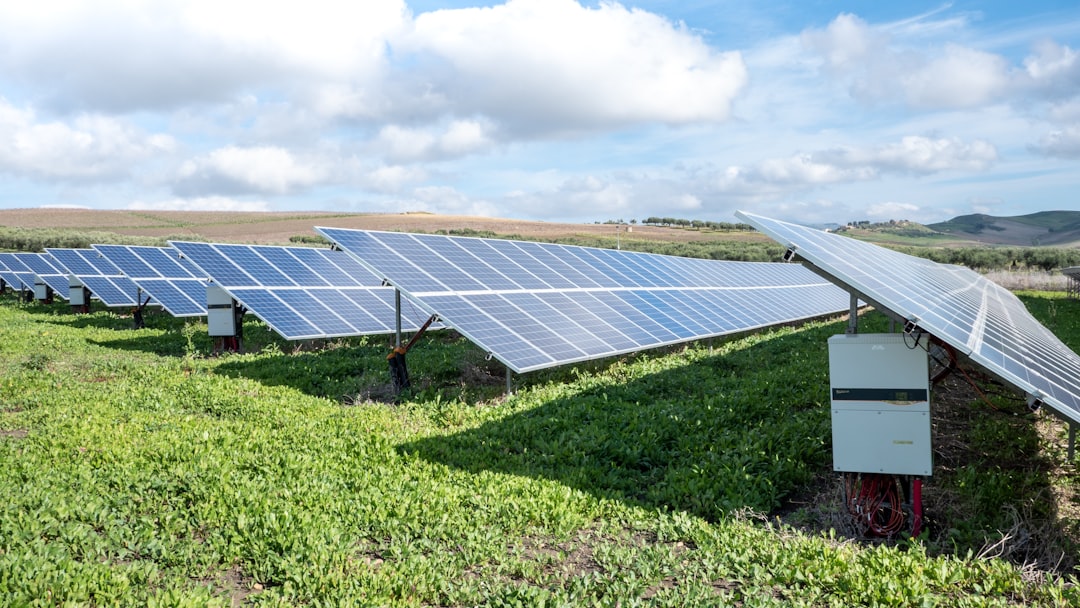What is it about?
Wavefront compensation of light passing through a turbulent atmosphere from a fast-moving source poses a challenge. While adaptive optics (AO) is an effective way to compensate wavefront distortion, there is a short time lag between wavefront distortion estimation and correction. For a fast-moving source, this AO lag time means that the AO correction is based on source distortion information obtained both slightly earlier and spatially behind. This regrades the AO performance. We solve this problem by dividing the rapidly moving source into two --- a beacon beam for wavefront distortion estimation moving spatially slightly ahead of the time-delayed signal beam. This setup as an additional advantage that it works for a low intensity signal beam, making it effective to increase communication rates of both classical and quantum information transmission. In particular, our simulation shows a 215% increase in secret key rate for quantum key distribution between a 400km altitude satellite and the ground.
Featured Image

Photo by NASA on Unsplash
Why is it important?
Satellite communication enables long distance quantum communication. Low earth orbit satellites have a lower aperture-to-aperture coupling loss and a lower cost compared to higher altitude ones. However, they moves much faster. Our design improves their communication rate and brings us one step closer to achieving a global scale quantum network. In addition, our idea also works for classical sources mounted on fast-moving objects such aircraft and spacecraft.
Read the Original
This page is a summary of: Reducing the impact of adaptive optics lag on optical and quantum communications rates from rapidly moving sources, AIP Advances, May 2023, American Institute of Physics,
DOI: 10.1063/5.0149695.
You can read the full text:
Contributors
The following have contributed to this page










